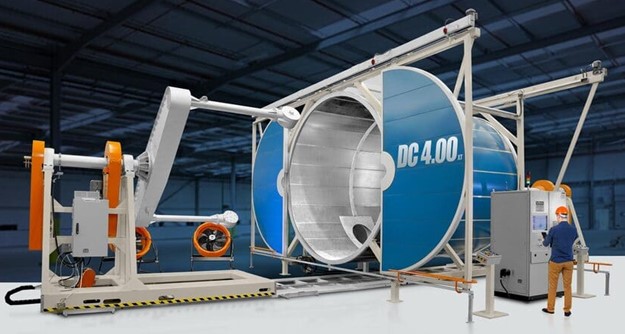Rotomolding: Shaping Durable Plastic Products With Precision
Rotomolding: Shaping Durable Plastic Products With Precision
Blog Article
Rotational molding, commonly known as "rotomolding," is a cutting-edge manufacturing process widely used for creating hollow plastic items. Everything from playgrounds to storage containers, this technique blends simplicity and sophistication, offering unparalleled design flexibility. What is the science behind what makes Rotomolding so efficient?

The Process at a Glance
Rotational molding starts with a mold filled with powdered plastic. This mold is heated, then turned simultaneously in two perpendicular axes within an oven. The consistent rotation ensures that the molten plastic evenly coats the inside of the mold. After that, the mold is cooled, solidifying the plastic into a smooth, hollow structure.
The absence of external pressure is a defining aspect of this method, which ensures that the plastic is able to settle and spreads uniformly without stress. This is an important distinction against other molding techniques such as injection or blow molding.
Why is Rotational Molding Efficient?
The theory behind rotational molding is founded in the process of heat transfer and polymer behaviour. When the mold is heated the powder melts and sticks to the mold while it turns in slow controlled, controlled rotations. This ensures uniform wall thickness and eliminates the chance of weak spots.
Cooling also plays a crucial function. Through maintaining a constant airflow or water cooling, manufacturers prevent warping or shrinkage--not to mention guarantee your final item maintains its original shape and structural strength.
The research suggests that rotational molding can create parts that have up to 99percent material efficiency, which reduces consumption and making it an eco-friendly option. Furthermore, it offers unparalleled versatility, which allows the production of huge and intricate designs, without sacrificing quality.
Applications That Showcase Its Potential
Rotational molding is suitable for a range of industries because of its adaptability. If you require durable outdoor furniture or robust industrial container, this method provides both function and value. It also allows multi-layered designs, allowing companies to blend different materials to enhance characteristics like UV resistance or thermal insulation.

Rotational molding is a demonstration to the way that material science and engineering work together to form our world. Because it can simplify production while maintaining high precision it's not surprising that this process is still a hot topic in discussions about manufacturing. Report this page